The What Hi-Fi? Hall of Fame: the best hi-fi of the 2000s
Our pick of the best products of the noughties, featuring the KEF KHT2005, Sky+, Sonos, B&W PV-1 and more

In 2016 What Hi-Fi? celebrated its 40th anniversary, and to mark the occasion we picked our 40 most influential products from those four decades.
We started with the year the publication was born (1976), listing the best hi-fi of the 1970s, before continuing our celebratory journey through the 1980s and 1990s. And now we find ourselves in the noughties, which, thanks to the arrival of Sonos, Spotify and the iPhone to name just three momentous occasions, was a watershed decade in shaping the technology world as we know it today.
A new product is added to our Hall of Fame every year at the What Hi-Fi? Awards, so when this year's rolls around we'll be starting our 2020s list too...
- The What Hi-Fi? Hall of Fame: 1970s
- The What Hi-Fi? Hall of Fame: 1980s
- The What Hi-Fi? Hall of Fame: 1990s
- The What Hi-Fi? Hall of Fame: 2010s
- The What Hi-Fi? Hall of Fame: 2020s
KEF KHT2005 (2000)
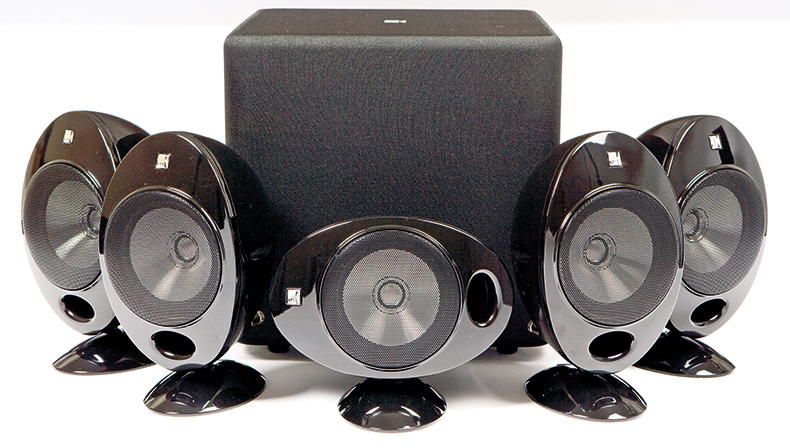
No one doubted the exciting audio potential of surround-sound, but the idea of being hemmed in by six burly speakers in order to properly enjoy a film was a difficult sell.
It took KEF to utilise its long-acknowledged technical expertise and hitherto-undiscovered mastery of interior design to offer the best compromise: the KHT2005 5.1 speaker package, or ‘Eggs’ as they were immediately dubbed.
Thanks to a combination of thrilling, high-impact performance and an aesthetic that actually added to your decor choices rather than detracted from them, the KHT2005 was an instant and enduring hit.
Other manufacturers attempted to emulate KEF’s winning formula of great sound, high-quality materials and beautiful finish, but none succeeded.
Get the What Hi-Fi? Newsletter
The latest hi-fi, home cinema and tech news, reviews, buying advice and deals, direct to your inbox.
The KHT2005 was a classic from the off, and every subsequent version has only added to the original’s reputation.
Sky+ (2001)
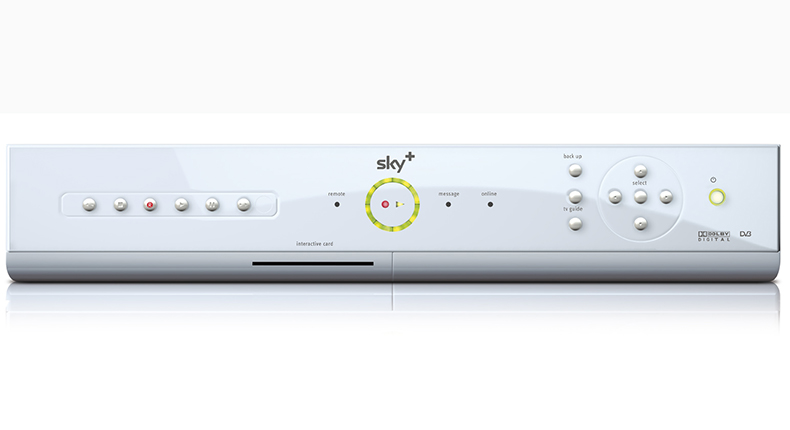
The introduction of Sky+ in mid-2001 ushered in an era when we stopped being slaves to television schedules and instead started to dictate our own terms for how we watched TV.
At its launch, the Sky+ personal video service boasted a 40GB hard drive (for recording, pausing and rewinding live TV), twin tuners (for doing that while watching another channel) and a seven-day Electronic Programme Guide that was outstanding for the time.
A more or less constant regime of upgrades, including more memory (the set-top box’s hard drive has since grown to 2TB) and of course the arrival of Sky Q, has kept Sky ahead of the set-top box game.
Sky+ established a template that competitors have had no choice but to try to emulate.
Sonos (2002)
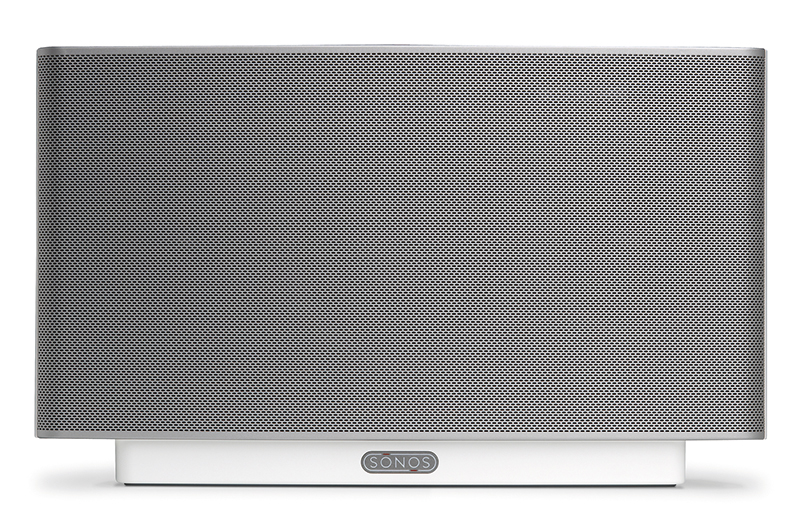
It doesn’t always pay to be the originator of new technology – sometimes you do the leg-work and others swoop in when it’s established – but the rewards are there for those who truly innovate.
That’s what Sonos did in 2002 when it launched its first wireless multi-room range.
Thanks to the simplicity of constructing a system, the unshakeable stability of the SonosNet local network and discreet, stylish looks, all that was required was decent sound quality – and Sonos delivered this in fine style. And it continues to do so, of course.
The California company’s intention to concentrate on maximising the potential of music-streaming services rather than on locally stored digital collections hasn’t hindered its progress. Nearly two decades on, ‘Sonos’ is now arguably a brandnomer like Hoover or, indeed, Tannoy.
Bowers & Wilkins PV-1 (2004)
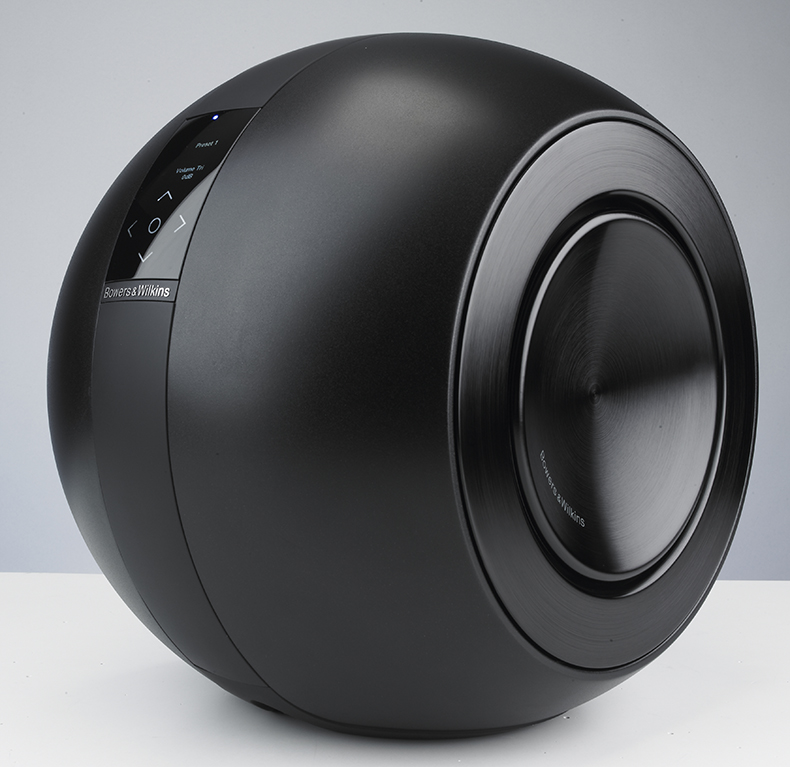
There are any number of sound engineering theories and principles which dictate the way B&W’s ‘pressure vessel’ (for this is nothing so prosaic as a ‘subwoofer’) looks – but don’t try and kid us B&W wasn’t thoroughly turned on by its appearance.
A design classic in a field dominated by products so visually tedious even their own manufacturers would encourage consumers to hide them out of sight, the PV-1 redefined the sector.
It dug deep, hit hard and fast, and dominated the What Hi-Fi? Awards for years on end. So completely did it boss the category we eventually did away with the subwoofer Award altogether.
Yamaha YSP-1 (2005)
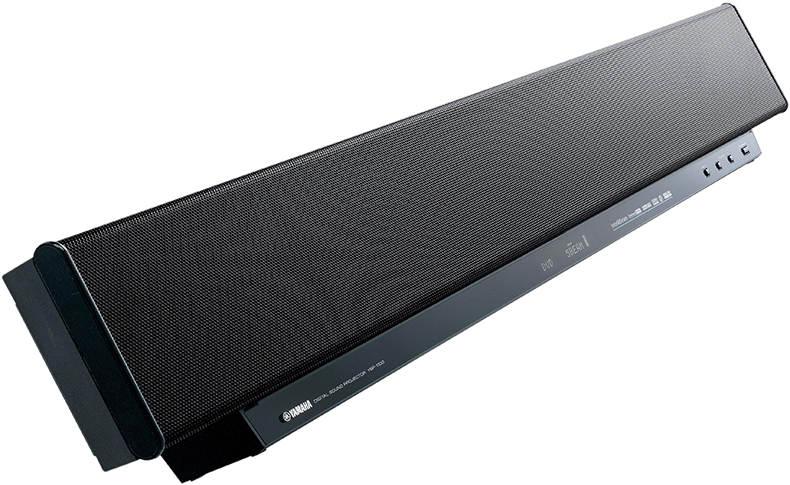
Yamaha was so far ahead of the curve with its YSP-1, there wasn’t yet a word to describe the product.
We reviewed the YSP-1 in the April 2005 issue of the magazine, giving this ‘Home Cinema System’ four stars. But it’s thanks to Yamaha that we now know it as a soundbar.
These days, of course, a soundbar is mostly used for augmenting the flimsy sound served up by many wafer-thin televisions, but back in 2005 Yamaha was determined to deliver actual surround-sound from the YSP-1.
Thanks to no fewer than 42 tiny drive units and some fiercely complicated digital processing, it did just that – provided your room was of a sympathetic shape.
Although soundbars have moved on to Dolby Atmos heights in the decade since, with hindsight the YSP-1 is as thorough and far-sighted a solution to a home entertainment problem as we’ve ever seen.
ATC SCM11 (2006)
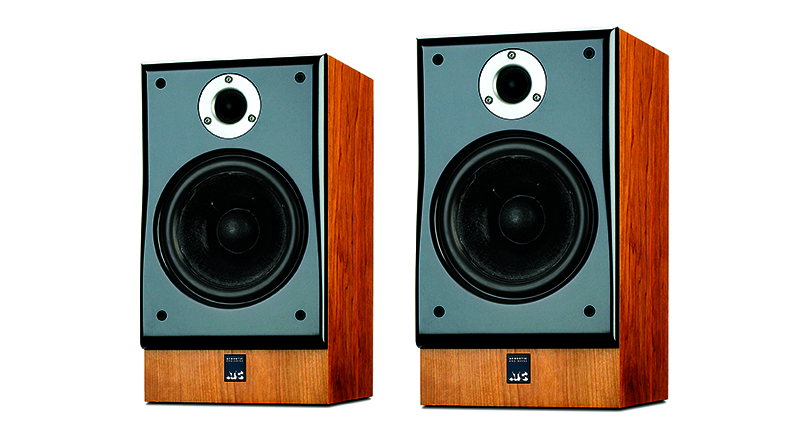
In answer to the frequently asked question ‘What’s the best pound-for-pound speaker you can buy?’, the ATC SCM11s are always among the first names on our list of potential answers. They have a simple case to make.
In 2006, ATC produced a blank-sheet design, using components designed and built in Gloucestershire. With their black speaker grilles and cherry wood veneer finish, the SCM11s may have looked a bit homely, and slightly retro by the standards of the mid-2000s, but they sounded superb.
Refinements and improvements in the quality of drivers, and the materials and finishes of cabinets, saw the SCM11s comfortably maintain their place at the top of the pile over the years.
The best pound-for-pound speaker you can buy? It’s right up there.
Bowers & Wilkins Zeppelin (2006)
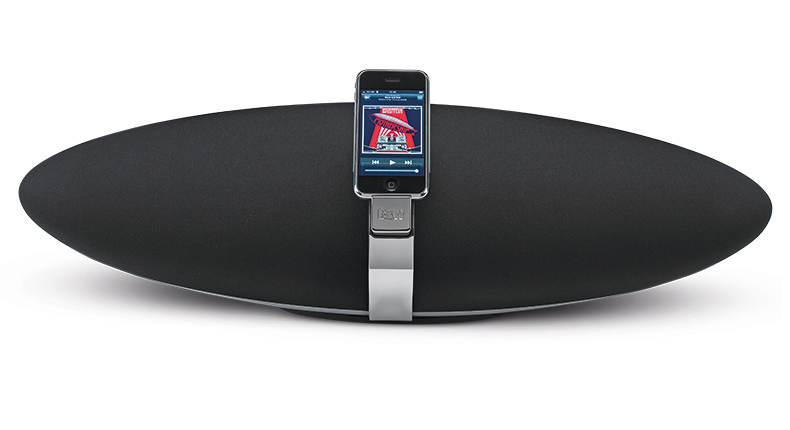
In 2006, the idea of a premium iPod dock (and back then it meant a physical dock for your 30-pin connection) was so novel we reviewed the original B&W Zeppelin in the Temptations section of the magazine, where we feature high-end kit that’s beyond the dreams of most.
£400 for an iPod dock? It seemed ambitious in the extreme, but fortunately the Zeppelin set new standards for the previously humble dock in terms of both sound quality and decorative potency.
So of course there followed a raft of competitors, each seeking to up the iPod’s game. None of them looked like a Zeppelin though, and consequently none achieved the ongoing iconic status of the B&W.
Apple iPhone (2007)
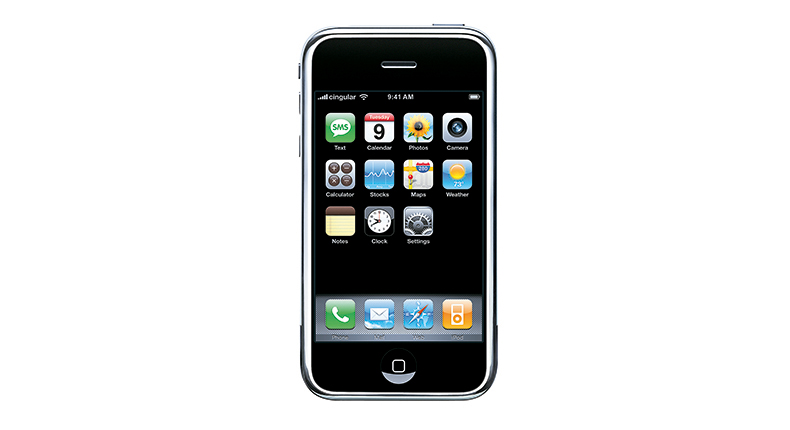
Choose any superlative you like – it applies to the Apple iPhone. At a stroke, Apple redefined the concept of the mobile phone, recalibrated consumers’ expectations and forced any number of venerable and successful brands to rip up their blueprints and start again.
In terms of functionality, design, ergonomics and performance, it set a standard to which rivals (such as they are with iPhone’s 44 per cent market share) must aspire to.
It’s a camera, a music player and a portal to the sum total of human knowledge, which can also be used to make calls. Understatement of this article: the release of the iPhone was a watershed moment in technology.
Sony PlayStation 3 (2007)
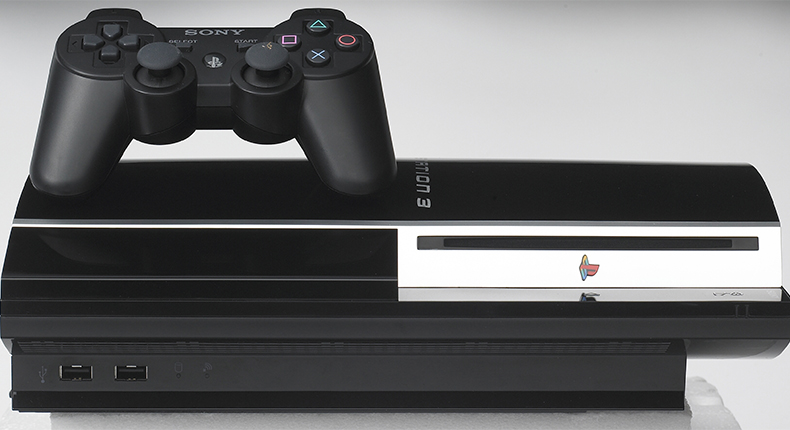
The Sony PlayStation (1994) and PlayStation 2 (2000) had done just fine as games consoles.
But the arrival of the PlayStation 3 in 2007 turned the games console into a multimedia hub for kids and home entertainment-savvy adults alike.
For a long time, the most affordable (and one of the best-performing) Blu-ray players on the market, it also packed a hard-drive of up to 500GB capacity and Bluetooth 2.0, while it has since acquired Netflix and Amazon Prime connectivity over time.
It’s just possible that the word ‘convergence’, as it relates to home entertainment, became common currency with the PS3.
Pioneer Kuro (2008)
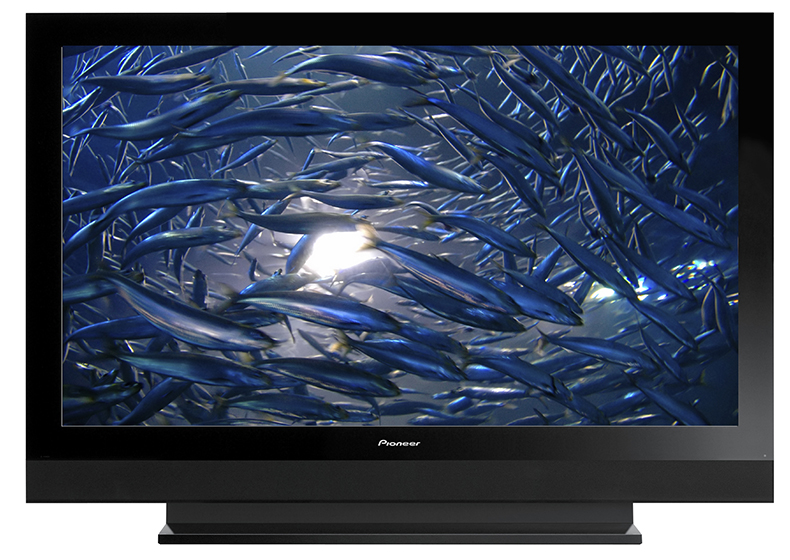
There are very few televisions that could realistically be considered ‘classics’. Flatscreen technology has moved so fast in the years since first plasma, and then LCD and more recently OLED, began to replace hefty old CRT in the nation’s front rooms that even a high-performance model is a museum piece in a few short years.
But while Pioneer’s Kuro can be bettered in a few ways by the best TVs 2017 has to offer, very few products in this list have generated the almost mythical status of Kuro.
For almost the entirety of its production run, no rival could touch Kuro plasma TVs for black levels, motion precision, or the almost uncanny naturalness of its images.
When Pioneer announced the end of the Kuro line in 2010, the last remaining models in showrooms sold for well over list price.
Spotify (2008)

After it launched in 2008, it didn’t take long to realise Spotify was going to change the way we listened to music forever. By offering free (with ads) access to a streamable library of millions of songs, Spotify undermined a business model that had been in place since music began.
The option of ‘Premium’ membership, which improved sound quality and deleted the interruption of adverts, made more sense – but either way, the fundamental proposition of access to a planet’s-worth of music without having to store it proved irresistible. And it inspired a slew of imitators and opened up an ongoing philosophical conversation about the value of music and the remuneration musicians might realistically expect for their work.
More than a decade on, it has over 120 paying subscribers. We're just waiting on that lossless hi-res support now...
Bose QuietComfort 15 (2009)
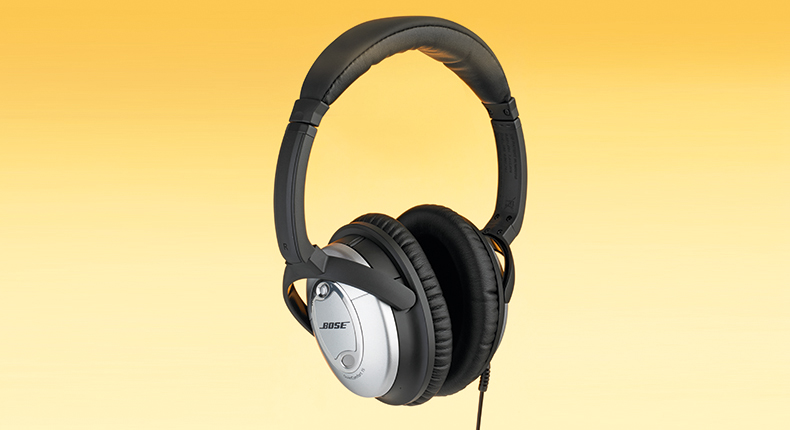
The QC15 headphones weren't Bose’s first active noise-cancelling on-ear headphone design (that was 2006’s QuietComfort 3), but it was the first that established a template that’s been oft-imitated but has proven extremely difficult to better.
Generating noise-cancellation via both active, battery-powered mic-driven algorithms and passive, padding-and-materials methods, the QC15s negated the hubbub of an aircraft cabin (or similar) more or less completely. Suddenly a long-haul flight stopped being a nightmare of background drone and became the perfect place to catch up on movies, enjoy some favourite tunes or just get some uninterrupted sleep.
And so headphone brands both established and upstart climbed aboard the newly manufactured (and very quiet) bandwagon.
JVC DLA-HD750 (2009)
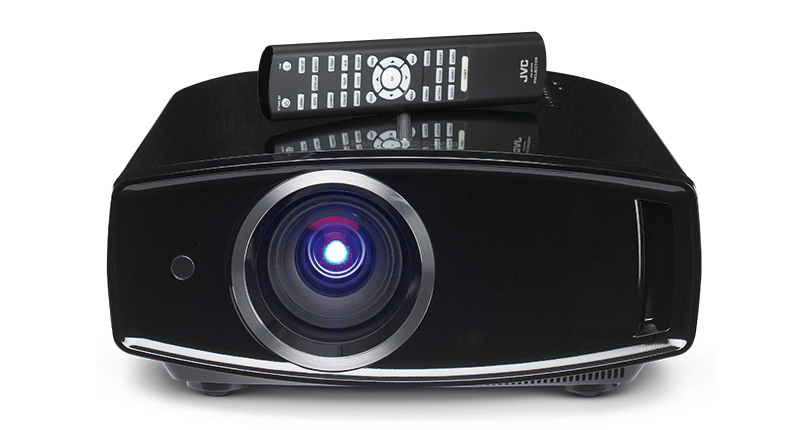
There was nothing that wasn’t impressive about JVC’s beefy DLA-HD750 projector. We can only speculate about the number and expense of the hoops JVC had to jump through before THX certification was secured. Then there was the £5500 price tag which, while steep now, was simply eye-watering in 2009.
But it was the pictures the HD750 projected that impressed us most of all – JVC brought all of its considerable technological know-how to bear, and the Full HD pictures that resulted were the sharpest, most detailed, with the highest contrast… you name it, the JVC led the way.
It’s possible the HD750 was a high-point in JVC’s 90-year history – certainly the company has seldom struck the bull’s-eye so sweetly since.
MORE:
Kob began his career at What Hi-Fi?, starting in the dusty stockroom before rising up the ranks to join the editorial and production team as the Buyer’s Guide editor. Experienced in both magazine and online publishing, he now runs the TV & audio section at Trusted Reviews where he keeps a beady eye on all the latest comings and goings in the hi-fi and home cinema market.
